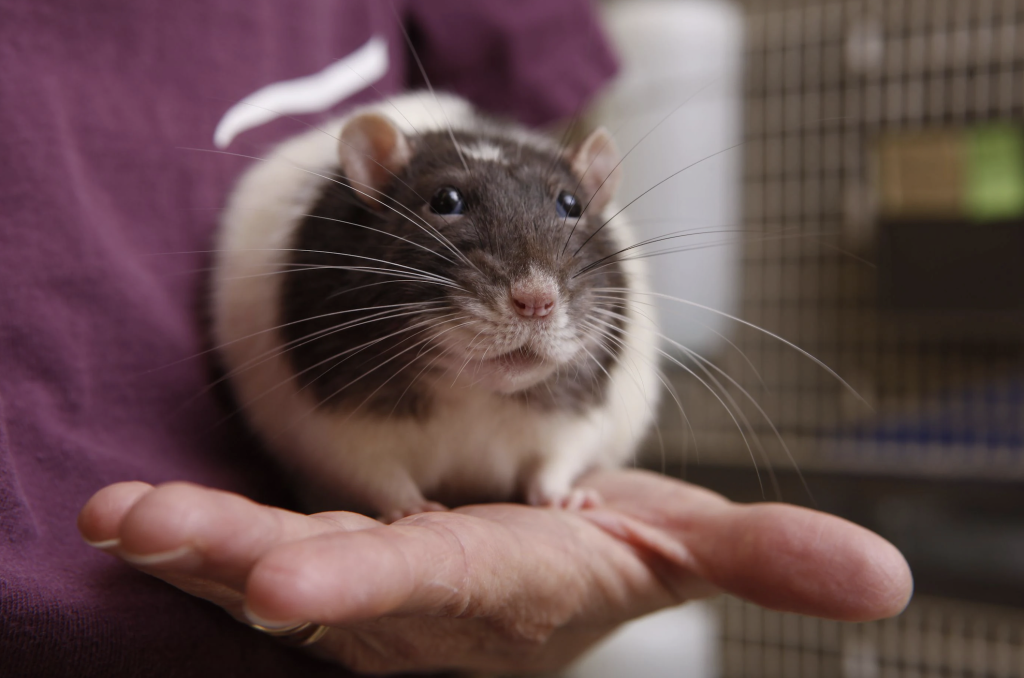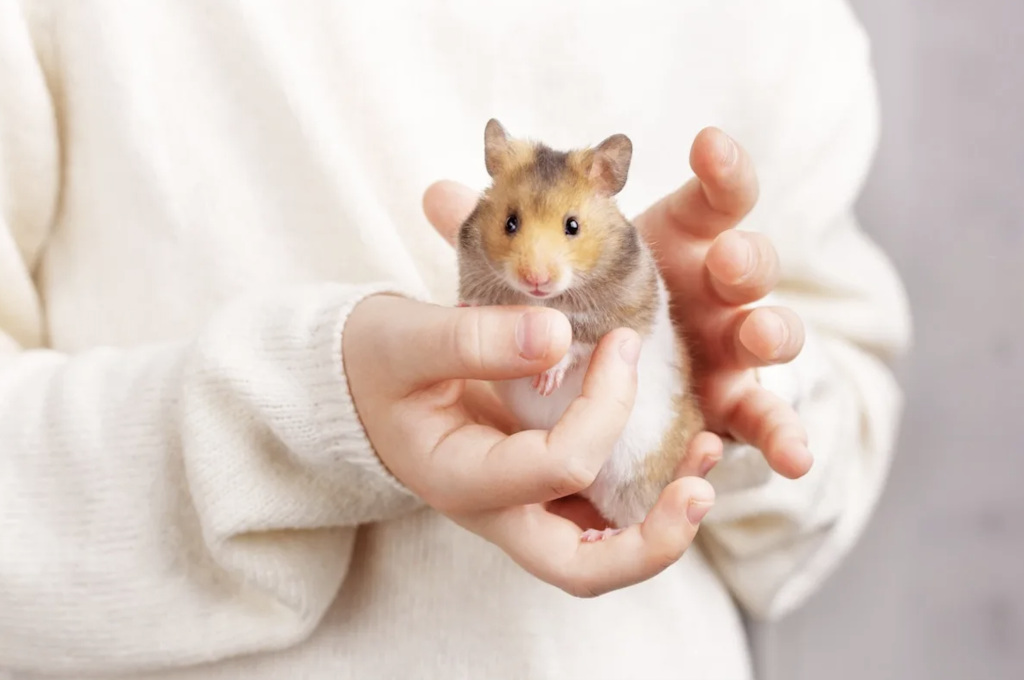Mice are small, furry creatures that are part of the family Muridae, which also includes rats and other rodents. They are among the most common mammals in the world and can be found on every continent except Antarctica. Mice are often considered pests due to their habit of invading homes and other buildings in search of food and shelter. However, they can also be kept as pets and are popular among many families.

Physical Characteristics
Mice are small, typically measuring between 2.5 and 7 inches in length, and they weigh between 0.5 and 1 ounce. They have compact, rounded bodies with pointed snouts, large ears, and long, thin tails. Their fur is usually brown or gray, and they have large, dark eyes that help them to see in low light conditions.
Habitat and Distribution
Mice are found all over the world, with the exception of Antarctica. They are adaptable creatures that can live in a wide variety of habitats, including forests, fields, and urban areas. They are particularly common in areas where humans live and work, such as homes, restaurants, and office buildings.
Behavior and Diet
Mice are nocturnal creatures that are most active at night. They are social animals that live in groups, and they communicate with each other through a range of vocalizations and scent marking. Mice are omnivores and will eat almost anything they can find, including seeds, fruits, nuts, insects, and other small animals. They are able to survive in a wide range of environments due to their ability to adapt to different diets.

Reproduction and Life Cycle
Mice breed quickly and can have multiple litters each year. Female mice are able to mate as early as six weeks of age and can give birth to litters of up to ten young after a gestation period of about three weeks. The young are born blind, hairless, and helpless, but they grow quickly and are able to breed themselves after just a few weeks. Mice have a relatively short lifespan in the wild, typically living for only one to two years. However, they are able to breed quickly and can produce large populations in a short amount of time.
Impact on Humans
Mice have a significant impact on human populations, both positive and negative. On the positive side, they are a valuable source of food for many predators, including birds of prey, snakes, and other animals. They also play an important role in the ecosystem by helping to distribute seeds and other plant material. However, mice are also considered pests due to their ability to invade homes and other buildings. They are known to cause damage to buildings by gnawing on wires, insulation, and other materials. They can also spread disease through their droppings, which can contaminate food and other surfaces.
Control and Management
There are a number of ways to control and manage mouse populations in and around homes and other buildings. Some common methods include sealing up entry points to prevent mice from entering, using traps to catch and remove mice, and using poisons to kill mice. However, it is important to use caution when using poisons and other chemical control methods, as they can be dangerous to humans and other animals. It is important to follow all safety guidelines and to work with a professional pest control company when necessary.
Pet Mice
Mice are also popular as pets, particularly among families with children. Pet mice are typically bred in captivity and are available in a variety of colors and patterns. They are social animals that require regular interaction with humans and other mice to stay healthy and happy. Pet mice require regular care and attention, including a nutritious diet, fresh water, and a clean living environment. They also need plenty of space to play and exercise, as well as toys and other accessories to keep them entertained.

In conclusion, mice are small, adaptable creatures that are found all over the world. While they can be considered pests due to their habit of invading homes and other buildings, they also play an important role in the ecosystem. Pet mice are also popular among many families and require regular care and attention to stay healthy and happy. Understanding these common family rodents can help us to coexist with them in a safe and healthy way.